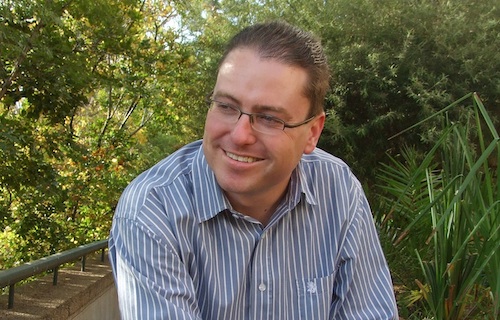[By Duncan McLeod] Cell C CEO Lars Reichelt has kept a low profile since his appointment in March, declining interviews and not speaking publicly about the company’s strategy. But last week he unveiled plans to spend billions of rand on a wireless broadband network.
Cell C’s decision to build SA’s most advanced third generation (3G) broadband cellular network is a brave move. The cellular operator, SA’s smallest with about 8m subscribers, has long been criticised for not offering 3G services to compete with MTN and Vodacom.
Reichelt’s predecessor, Jeffrey Hedberg, always put on a brave face, insisting that Cell C’s second-generation GPRS/Edge network was sufficient for most users. Hedberg had spoken of investing in 3G, but there were always lingering questions about how the company could fund the roll-out. After all, Cell C had — and still has — a mountain of interest-bearing debt growing out of its balance sheet.
Reichelt says Cell C has restructured that debt into new financial instruments. He’s not saying yet what the new debt structure looks like, but admits it was necessary before the company could think of making further large capital investments.
Cell C will spend R5bn on new network infrastructure in 2010 — the company’s shareholders have raised the funds, though it’s not yet known where from or on what terms. Much of this will go into building what is known as an evolved high-speed packet access (HSPA+) network.
In plain English, this means that Cell C is going to build an advanced 3G network that is one step beyond the 3G networks built by Vodacom and MTN.
Suddenly, Cell C could go from being the laggard in wireless broadband to a leader. And that could mean higher-paying subscribers joining its network — resulting in improved average revenue per user, a key industry measure of performance.
This is not an easy project. Cell C will have to invest in its own backhaul infrastructure. That means building high-capacity microwave links to connect its base stations using radio frequency spectrum it is struggling to secure from the regulator. The other option is to lay fibre-optic cables to its towers, but that is very expensive.
Reichelt says he’d like to buy fibre capacity from other market players and avoid having to hire workers to trench the streets.
Cell C’s move is brave as it’s not the only market player moving aggressively into this space. Telkom recently revealed that it would spend R6bn over five years — most of the money will be invested in the next 24 months — on building a national 3G network.
That means SA will soon have four 3G network operators serving what is a relatively small market. The question is whether all of them will enjoy a return on their substantial investments. It may make more sense for Telkom to acquire Cell C, and rumours of talks between the respective shareholders have surfaced recently — but, then, this is at least the second time there have been such rumours.
Also, cash-flush Vodacom and MTN are unlikely to sit still and allow Cell C and Telkom to invade their market. Vodacom, for instance, is already testing a fourth-generation technology known as long-term evolution (LTE) and CEO Pieter Uys says about 1 000 of its base stations are LTE-ready. All that is needed to take the LTE network live is a relatively trivial software upgrade. Uys says LTE should be ready for commercial deployment in about two years.
Another challenge for Cell C is that handsets capable of taking full advantage of its planned network are not readily available yet — the technology is so new that it’s been deployed in only about 20 networks worldwide so far.
Nevertheless, it’s a timely — some would say belated — move by Cell C. It’s sure to shake up the market.
- McLeod is editor of TechCentral; this column is also published in the Financial Mail
Recent columns by McLeod:





